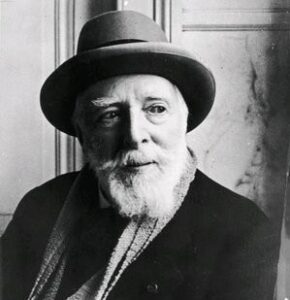Frank Stella- Introduction: At a glance
Frank Stella, an American artist, is recognized as a pioneering figure in Minimalism and Abstract Expressionism. Born on May 12, 1936, in Malden, Massachusetts, Stella emerged onto the art scene in the 1960s with his groundbreaking approach to painting and sculpture.
At a glance, Stella’s work is characterized by its geometric precision and vibrant use of color. He challenged traditional notions of composition by creating works that emphasized flatness and rejected illusionistic depth. Stella’s compositions consisted of repeating patterns, often in the form of concentric squares or interlocking shapes, demonstrating his interest in mathematical and symmetrical arrangements.
Stella’s artistic philosophy revolved around the notion of “what you see is what you see.” He aimed to eliminate any subjective or emotional interpretation in favor of the pure visual experience. Through his minimalist approach, Stella encouraged viewers to engage directly with the visual qualities of his works, emphasizing the formal elements of color, shape, and line.
In addition to his paintings, Stella expanded his artistic practice into sculpture, printmaking, and architectural projects. He explored new materials and techniques, pushing the boundaries of traditional art forms. Stella’s sculptural works often featured large-scale, dynamic structures that interacted with the surrounding space, further enhancing the immersive experience for the viewer.
Throughout his career, Stella’s art underwent various stylistic shifts and innovations. He embraced new technologies, such as computer-aided design, to create intricate and complex compositions. His work evolved from the minimalism of his early years to incorporate more gestural and expressive elements in later periods.
Frank Stella- 3 Frequently asked questions
If I want to know everything about this Minimalism artist, then which category should I select to this?
If you want to know everything (Biography of Frank Stella) means basic things about Frank Stella, then you should know the following items:
Type Frank Stella Wikipedia and read these sections: color field painting, Where flower is blooming Amabel, 1997 & 1984 Harvard University Charles Eliot Norton lectures
You may also search: (Frank Stella artandcrafter.com). Our website would give you information– Biography of Frank Stella, short notes of Frank Stella, etc.
What are some interesting facts about Frank Stella?
Frank Stella is a renowned American artist known for his significant contributions to minimalist and abstract expressionist art. The following are interesting facts about Frank Stella:
- Early Life: Frank Stella was born on May 12, 1936, in Malden, Massachusetts, USA. He attended Phillips Academy in Andover, Massachusetts, where his interest in art began to blossom.
- Black Paintings: Between 1958 and 1960, Stella gained recognition for his series of artworks known as the “Black Paintings.” These pieces featured symmetrical and geometric black stripes on canvas, making them pivotal in the development of minimalism.
- Three-Dimensional Works: Stella expanded his artistic practice beyond two-dimensional paintings by creating three-dimensional sculptures and installations. His sculptures frequently incorporate industrial materials such as aluminum, stainless steel, and carbon fiber.
- Large-Scale Public Art: Throughout his career, Stella has produced numerous large-scale public artworks. His monumental works can be found in various global locations, including the Hirshhorn Museum and Sculpture Garden in Washington, D.C., and the Olympic Sculpture Park in Seattle, Washington.
- Recognition and Awards: Stella’s contributions to contemporary art have garnered widespread recognition. He has received numerous awards and honors, including the National Medal of Arts in 2009, the Praemium Imperiale in Painting in 2017, and the Gold Medal for Fine Arts from the National Arts Club in 2020.
- Teaching Career: In addition to his artistic practice, Stella has been actively involved in teaching. He has held teaching positions at prestigious institutions such as Princeton University, the University of Chicago, and the New York Studio School.
Please note that the information provided here is based on the knowledge available up until September 2021, and there may have been updates or new developments in Frank Stella’s career since then.
What do you love and hate the most about Frank Stella? – YouTube Summary.
This categorization has been done according to Wikipedia data:- (Minimalism + Frank Stella)
If you find something wrong about Frank Stella, you may contact us through our comment section.
Frank Stella is the artist of Minimalism movement, and this comparison has been made with these artists- Caspar David Friedrich, Charles Catteau, Damien Hirst, Carel Willink, and Damien Hirst.
And also you can compare artworks such as “Die Fahne Hoch! (Frank Stella),” “Harran II,” “The Marriage of Reason and Squalor, II,” “The Marriage of Reason and Squalor” and “Whale Watch” with other Minimalism artists.
Everything is given on this website: Search, read, and compare!
Other artists
Frank Stella, a prominent artist, has been associated with several influential figures in the art world. Here are some notable artists who have influenced or collaborated with Frank Stella:
- Barnett Newman: Barnett Newman, an American artist, played a significant role in the abstract expressionist movement. Stella drew inspiration from Newman’s exploration of simplicity, color, and the concept of the sublime in his artworks.
- Jasper Johns: Jasper Johns, renowned for his contributions to pop art, was part of the same artistic circle as Stella in New York during the 1950s and 1960s. Both artists challenged traditional painting methods and experimented with new materials and techniques.
- Donald Judd: Donald Judd, associated with minimalism, delved into geometric forms and industrial materials in his sculptures and installations, much like Stella. Both artists shared an interest in simplicity, repetition, and the interaction between object and space.
- Robert Rauschenberg: Robert Rauschenberg, an artist bridging abstract expressionism and pop art, had a significant influence on Stella’s work, and they maintained a friendship. Both artists incorporated found objects and unconventional materials into their art.
- Carl Andre: Carl Andre, recognized for minimalist sculptures using materials like bricks, metal plates, and wood, shared common ground with Stella. They both explored the relationship between form and materials, embracing the principles of minimalism.
- Sol LeWitt: Sol LeWitt, associated with conceptual art and minimalism, focused on the idea behind the artwork rather than the physical object itself. Stella and LeWitt shared an interest in systematic explorations of form, color, and structure.
These artists represent a fraction of those who have intersected with Frank Stella’s artistic journey. Stella’s work continues to influence subsequent generations of artists, shaping their perspectives on minimalism, abstraction, and the innovative use of materials.
Frank Stella- Personal life
Frank Stella, the renowned American artist, led a life filled with artistic exploration and creative pursuits. Born on May 12, 1936, in Malden, Massachusetts, Stella developed a passion for art at an early age. His personal life and experiences played a significant role in shaping his artistic vision and career.
Stella’s interest in art was nurtured during his time as a student at Phillips Academy in Andover, Massachusetts. He continued his education at Princeton University, where he studied art history and immersed himself in the vibrant art scene of the time. It was during this period that Stella’s artistic journey truly took shape.
In 1959, Stella gained critical acclaim and recognition with his groundbreaking “Black Paintings” series. These works, characterized by bold black stripes and crisp geometrical patterns, signaled Stella’s departure from traditional painting conventions and established him as a leading figure in the art world.
Stella’s personal life also intersected with the social and cultural movements of the time. He was an active participant in the vibrant New York art scene of the 1960s and 1970s, rubbing shoulders with fellow artists, critics, and collectors. Stella’s involvement in this dynamic environment influenced his artistic development and allowed him to engage with the broader artistic discourse of the era.
Frank Stella’s personal life and experiences provided a rich foundation for his artistic endeavors. His curiosity, dedication to innovation, and active participation in the artistic community shaped his artistic vision and contributed to his enduring legacy as a pioneering figure in contemporary art. Stella’s impact on the art world is a testament to the profound connection between personal experiences and artistic expression.
Frank Stella – Exhibitions

Frank Stella has been featured in numerous exhibitions throughout his illustrious career. Here are some notable exhibitions that have showcased his artwork:
- “Frank Stella: Black, Aluminum, Copper Paintings” at the Museum of Modern Art (MoMA): This exhibition, held in 1959, marked a significant breakthrough for Stella. It showcased his early “Black Paintings” series and introduced his innovative use of shaped canvases.
- “Frank Stella: Retrospective” at the Museum of Contemporary Art, Los Angeles (MOCA): In 1987, a major retrospective of Stella’s work was held at MOCA, providing a comprehensive survey of his career up to that point. The exhibition highlighted his progression from the black paintings to more intricate geometric abstractions.
- “Frank Stella at The Metropolitan Museum of Art” (Met): The Met organized an extensive retrospective of Stella’s art in 2007, spanning five decades of his practice. The exhibition featured pivotal series such as the “Irregular Polygon” and “Moby Dick,” showcasing Stella’s diverse artistic exploration.
- “Frank Stella: A Retrospective” at the Whitney Museum of American Art: In 2015, the Whitney Museum organized a retrospective celebrating Stella’s career, covering his groundbreaking works from the 1950s to the present. The exhibition highlighted Stella’s adeptness with color, form, and spatial experimentation.
- “Frank Stella: Recent Work” at the Marianne Boesky Gallery: In 2019, the Marianne Boesky Gallery presented an exhibition featuring Stella’s latest series of artworks. The exhibition showcased his ongoing exploration of form, color, and spatial relationships.
These exhibitions represent a selection of the many significant shows that have highlighted Frank Stella’s artwork. His impactful contributions to the art world have been showcased in prestigious institutions, galleries, and museums worldwide.
You would know the following things
In this article: You would know the following things- Categories:
Biography | Notes | Artworks:- In this article, you would read the biography of Frank Stella, Frank Stella short notes along with top artworks. This page would provide you with Frank Stella history that is very easy to read.
Life, paintings | contribution:-
This article covers the whole life of Frank Stella in one go, the main contribution of this Minimalism artist, famous paintings such as “Die Fahne Hoch! (Frank Stella),” “Harran II,” and “The Marriage of Reason and Squalor, II”.
Short notes | Know everything:-
If you are a/an Minimalism student and there is a requirement to study everything such as Minimalism history, artists of Minimalism, their main contribution along with their comparison. Then this article on Frank Stella is perfect for you.
Facts | Overview | whole life:-
This article summarizes the life of this Minimalism artist through YouTube video. Artworks of Frank Stella have been demonstrated in this article. Information is in video form.
Frank Stella- Gallery of works

Frank Stella, a renowned artist, has created a vast body of work throughout his career. Here are descriptions of some iconic pieces by Frank Stella:
- “Black Paintings” Series: Executed between 1958 and 1960, these works played a significant role in the development of minimalism. They feature symmetrical, abstract black stripes on canvas, embodying Stella’s minimalist approach and exploration of form.
- “Harran II”: Created in 1967, this artwork exemplifies Stella’s fascination with irregularly shaped canvases. It showcases interlocking polygonal forms, highlighting his innovative use of geometry and color.
- “The Marriage of Reason and Squalor II”: Crafted in 1959, this piece is characterized by vibrant colors and intricate patterns. It demonstrates Stella’s exploration of the relationship between color, shape, and the overall composition of the artwork.
- “Jarama II”: Part of Stella’s “Protractor” series from the early 1960s, this artwork emphasizes diagonals and the incorporation of industrial materials. It features dynamic intersecting lines, evoking a sense of movement and energy.
- “Flin Flon IV”: Originating from Stella’s “Polish Village” series in the late 1960s, this piece showcases his interest in collage-like compositions. It combines materials like aluminum, wood, and paint to create a three-dimensional assemblage.
- “Damascus Gate (Stretch Variation III)”: Created in 1970, this artwork exemplifies Stella’s exploration of relief and texture within painting. It presents an intricate, layered composition with protruding geometric shapes.
- “K.12”: From Stella’s more recent series incorporating digital technology, this 2016 work showcases computer-generated forms and bold, vibrant colors. It reflects Stella’s ongoing innovation and exploration within his artistic practice.
These descriptions provide a glimpse into the diverse range of artworks created by Frank Stella throughout his career. To further explore his art, it is recommended to visit reputable art websites, galleries, or museums that feature his works.
Frank Stella’s Relation with Minimalism
The artworks of this Minimalism artist explore the relationship between celebrity culture and artistic expression.
Frank Stella is a leading figure among the artist of Minimalism, and there are so many artworks such as “Die Fahne Hoch! (Frank Stella),” “Harran II,” “The Marriage of Reason and Squalor, II” wherein Frank Stella had also played important role passively.
She questioned the distinction between everyday objects (Related to other Minimalism paintings) and art objects (Related to Minimalism movement).
The artworks of this artist show attributes of Vanitas, Post impressionism, Fauvism.
Because Vanitas has given intellectual support to this artist and Post impressionism provides subject matter, and Fauvism gives the way of artistic expression to the Frank Stella.
Frank Stella is counted among the pioneers of this Minimalism art movement.
Because this artist has given many artworks such as “Die Fahne Hoch! (Frank Stella),” “Harran II,” “The Marriage of Reason and Squalor, II,” “The Marriage of Reason and Squalor” and “Whale Watch” etc.
Artworks of Frank Stella represent the deep connection between Minimalism and other art movements.
The later work of this Minimalism artist represents societal and artistic subjects.
Some people say that Frank Stella had dedicated Minimalism career to advertising and commercial art.
And when this artist got success in Minimalism art movement then came back to the artistic world. “Die Fahne Hoch! (Frank Stella)” is another notable work (contributory) of this artist.
This article name is– Frank Stella – Life, paintings, contribution, death- Easy explanation.
1. Fauvism
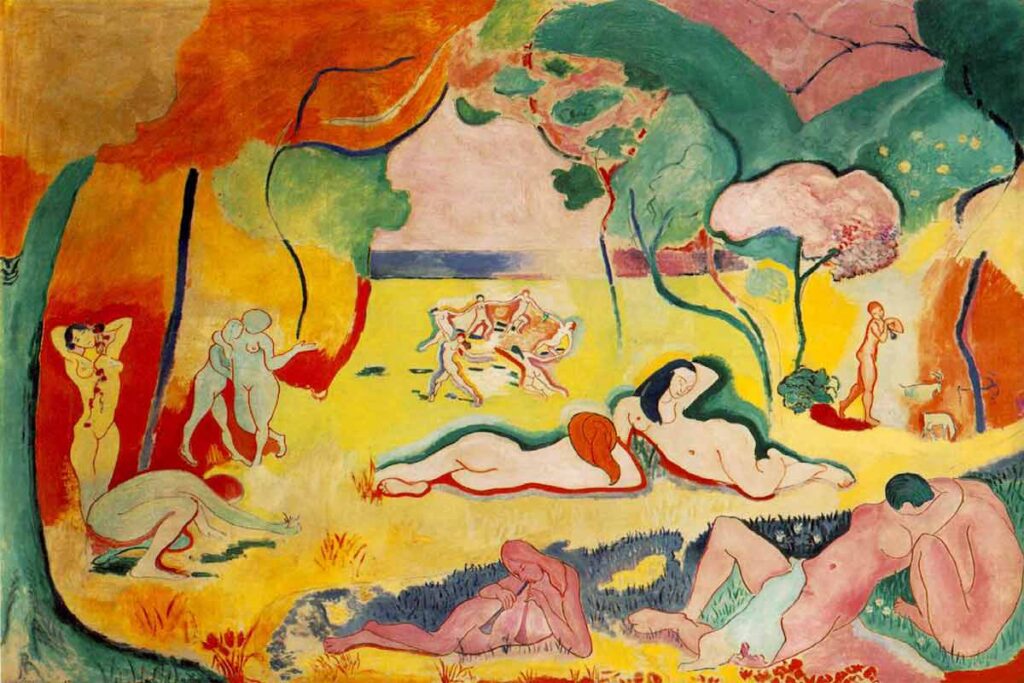
Fauvism, an early 20th-century art movement, embraced bold colors, simplified forms, and subjective expression, departing from traditional representation. Influential artists include Matisse, Derain, Dufy.
2. Vanitas

Vanitas: 17th-century still life genre. Symbolizes life’s transience with skulls, wilting flowers, and other motifs. Reminds viewers of the futility of earthly pursuits. Popular in the Dutch Golden Age.
3. Post impressionism
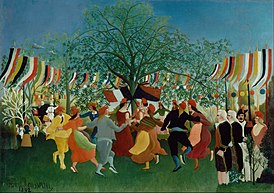
Post-Impressionism: Late 19th-century movement. Artists like Cézanne, van Gogh, Gauguin emphasized individual expression, departing from objective depiction. Bold colors, distinctive brushwork. Influential for modern art.
Frank Stella- Paintings/Artworks
1. Die Fahne Hoch! (Frank Stella)
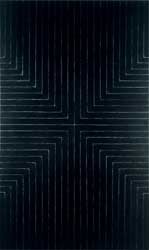
Frank Stella had made this attractive artwork which name is “PAINTOS,” and the creation date of this artwork is DATOS. The genre of this painting is- GENROS. It is a costly painting in this category…
2. Harran II

Frank Stella had made this attractive artwork which name is “PAINTOS,” and the creation date of this artwork is DATOS. The genre of this painting is- GENROS. It is a costly painting in this category…
3. The Marriage of Reason and Squalor, II

Frank Stella had made this attractive artwork which name is “PAINTOS,” and the creation date of this artwork is DATOS. The genre of this painting is- GENROS. It is a costly painting in this category…
4. The Marriage of Reason and Squalor
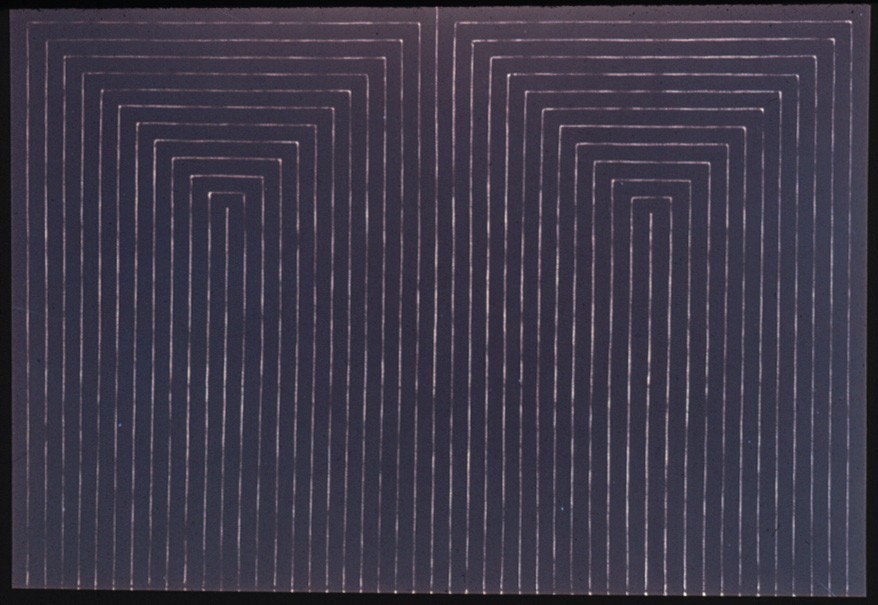
Frank Stella had made this attractive artwork which name is “PAINTOS,” and the creation date of this artwork is DATOS. The genre of this painting is- GENROS. It is a costly painting in this category…
5. Whale Watch
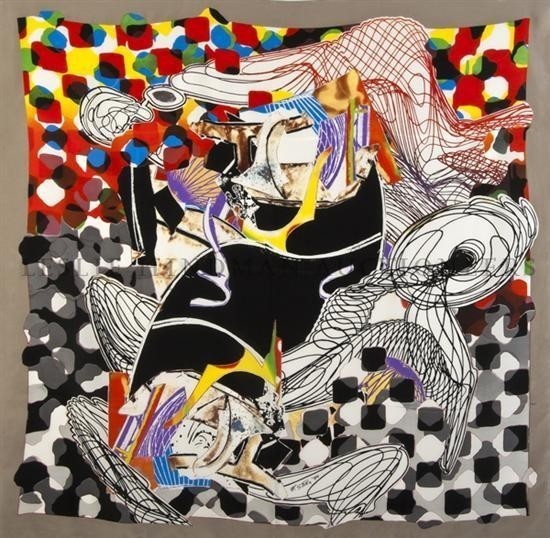
Frank Stella had made this attractive artwork which name is “PAINTOS,” and the creation date of this artwork is DATOS. The genre of this painting is- GENROS. It is a costly painting in this category…
Frank Stella’s Other artists of this Art Movement
Both options are available: Our website artandcrafter.com and Wikipedia.org
| 1. Donald Judd | Artandcrafter.com | Wikipedia.org |
| 2. Richard Serra | Artandcrafter.com | Wikipedia.org |
| 3. Frank Stella | Artandcrafter.com | Wikipedia.org |
| 4. Sol LeWitt | Artandcrafter.com | Wikipedia.org |
| 5. Carl Andre | Artandcrafter.com | Wikipedia.org |


